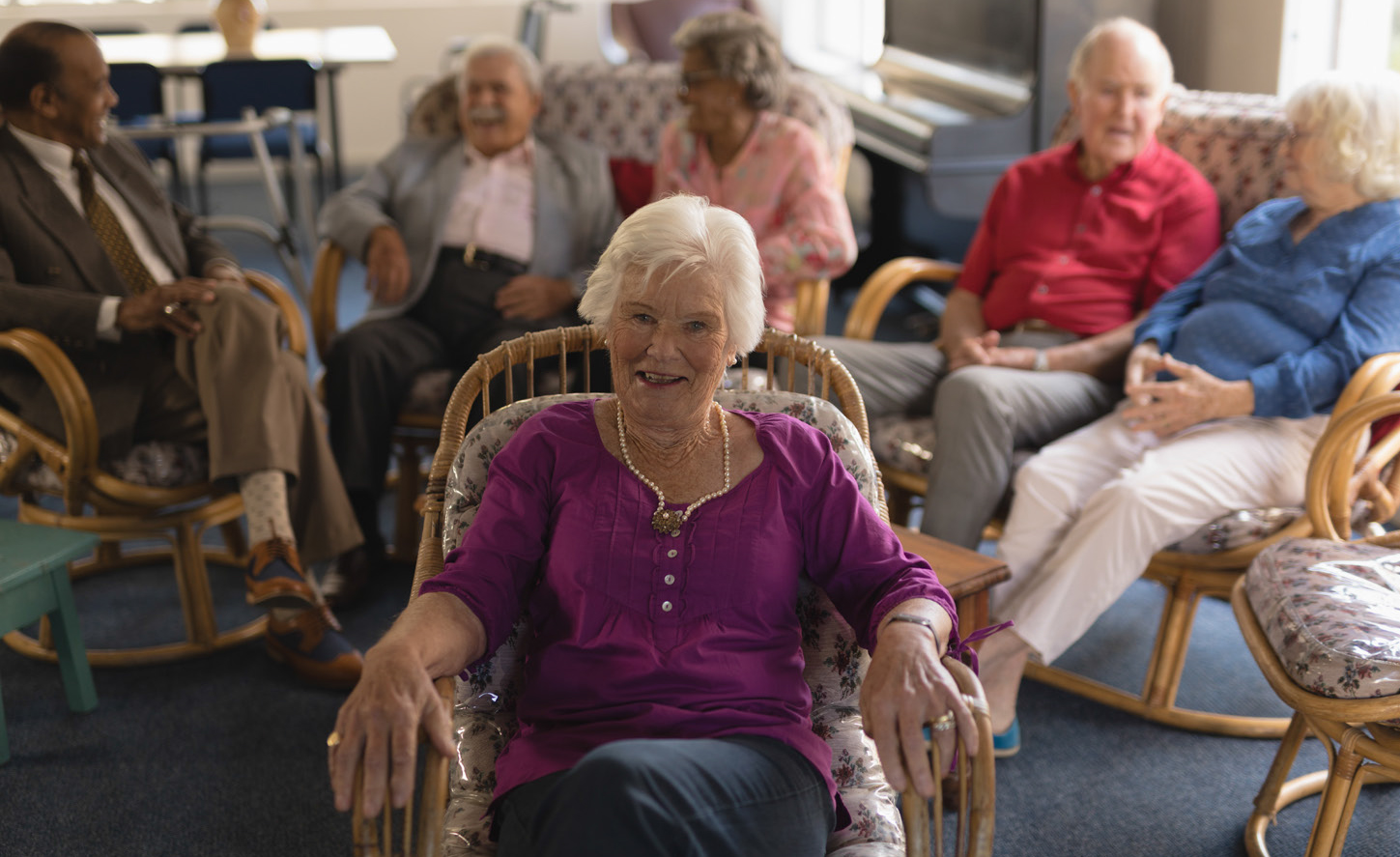Effects of living with a pressure injury
Pressure ulcers are a leading cause of patient harm and are usually avoidable. In this recently published narrative review published in the British Journal of Nursing, Ibeh et al (2024) explore the lived experiences of patients with pressure injuries in community, care home and acute settings across the UK, France, Belgium and the US.
Using the Preferred Reporting Items for Systematic Reviews and Meta-analyses (PRISMA) checklist, nine studies were identified and evaluated with the help of the Critical Appraisals Skills Programme tool. Data were then extracted using the Joanna Briggs Institute data extraction tool and themes were identified to form a coherent and multifaceted understanding of patients' experiences.
In total, the nine included studies involved 244 participants ranging from 21 years to 101 years of age. Thematic synthesis resulted in three key themes surrounding the physiological, emotional and psychological, and social effects. Each of these themes was then further subdivided into subthemes such as endless pain and discomfort, loss of mobility and independence, and social isolation, which were all dominant in the lives of people living with pressure injury.
The impact of pain on patients' emotional and psychological wellbeing was significant in this review and the authors noted how little is known about the financial implications of this. Studies reviewed included patients in community settings and highlighted the importance of specialist knowledge around pressure ulcers, and an awareness of how health professionals' approach can affect pain and mobility. For example, the way patients are handled during wound dressing may exacerbate pain experienced and the use of assistive devices such as hoists may contribute to reduced mobility and an increased dependence on caregivers.

This review into patient experiences of living with a pressure injury highlighted the importance of patient-centred care and the need to integrate into care evidence-based tools for effective management of pain and assessment of risk. The authors highlighted the need for research into the experiences of younger adults, as well as the financial consequences of living with a pressure injury.
Advance care planning in palliative care
Community nurses often find themselves caring for palliative care patients and can make use of the rapport and relationships they will usually already have built with patients and their families to encourage advance care planning (ACP) discussions. In a scoping review published in BMC Geriatrics, Wilkin et al (2024) explored barriers and facilitators to ACP discussions.
A literature search was carried out identifying 333 records from six databases, which were eventually narrowed down to 15 articles for thematic analysis using Braun and Clarke's 6-step thematic analysis process.
The three key themes which emerged were barriers to ACP, facilitators of ACP, and understanding of professional role and duty. The key barriers identified were lack of confidence, competence role ambiguity and prognostic uncertainty. The key facilitators related to the pertinence of the patientpractitioner relationship, which enables ACP among nurses with both the competence and experience in ACP or palliative care. Nurses understood ACP to form part of their role. However, they were faced with challenges in terms of understanding the legal aspects and applications of this. All articles but one highlighted the potential of positive relationships between nurses and patients, families and carers to facilitate communication surrounding ACP.
The authors concluded that there was a relationship between community nurses' experience and competence, and the effective implementation of ACP with palliative patients. They suggested that future research was warranted to develop new interventions that could be used to promote the uptake of ACP in community settings, build community nurses' confidence, and support higher standards in palliative care through implementing ACP.
Aging, unhealthy lifestyles and adverse outcomes
Xueqin et al (2023), in their study published in the Journal of the American Geriatrics Society, examined whether aging mediates the associations of unhealthy lifestyles with adverse health outcomes and if so, to what extent.
Data were extracted from the UK Biobank from 405 944 adults aged 40–69 years and from the US National Health and Nutrition Examination Survey (NHANES) for 9972 adults aged between 20–84 years. Some five factors were used to determine an unhealthy lifestyle score: smoking, drinking, physical inactivity, unhealthy body mass index, and unhealthy diet.
For the UK Biobank, outcomes consisted of cardiovascular disease, incident cancer and all-cause mortality, while outcomes for NHANES were cardiovascular disease mortality, cancer mortality and all-cause mortality. For this, two well-validated aging measures were used to assess mortality and morbidity risk (Phenotypic Age Acceleration and Biological Age Acceleration).
According to the authors, accelerated aging partially mediated the associations of lifestyle and cardiovascular disease, cancer and mortality in both UK and US populations. The authors suggested their findings uncovered a novel pathway to use geroprotective strategies and programmes to help mitigate health inequality in later life beyond lifestyle interventions.

